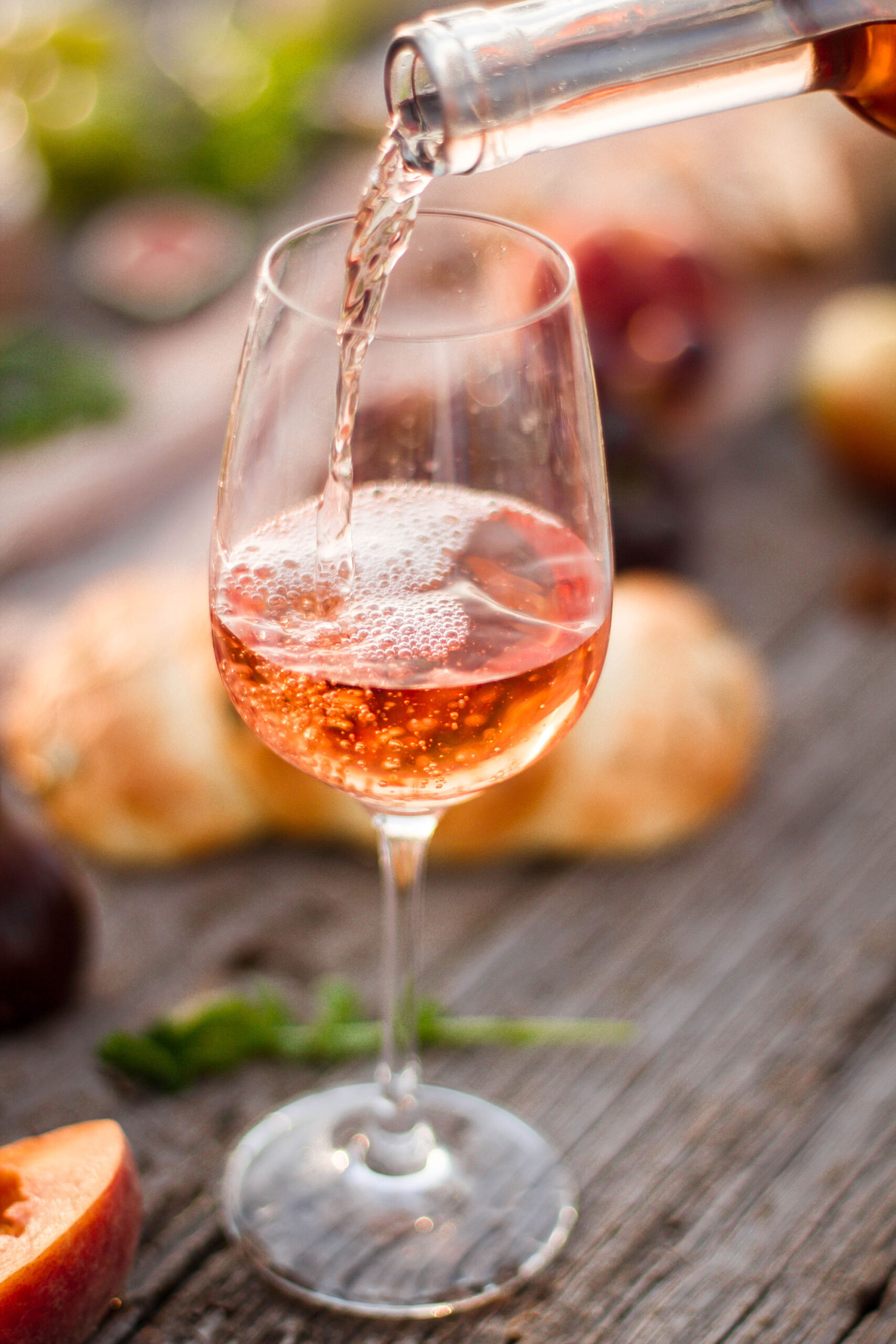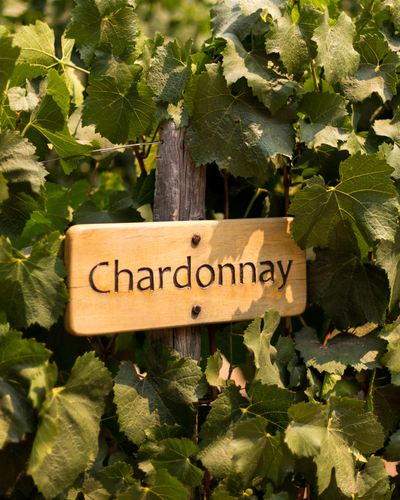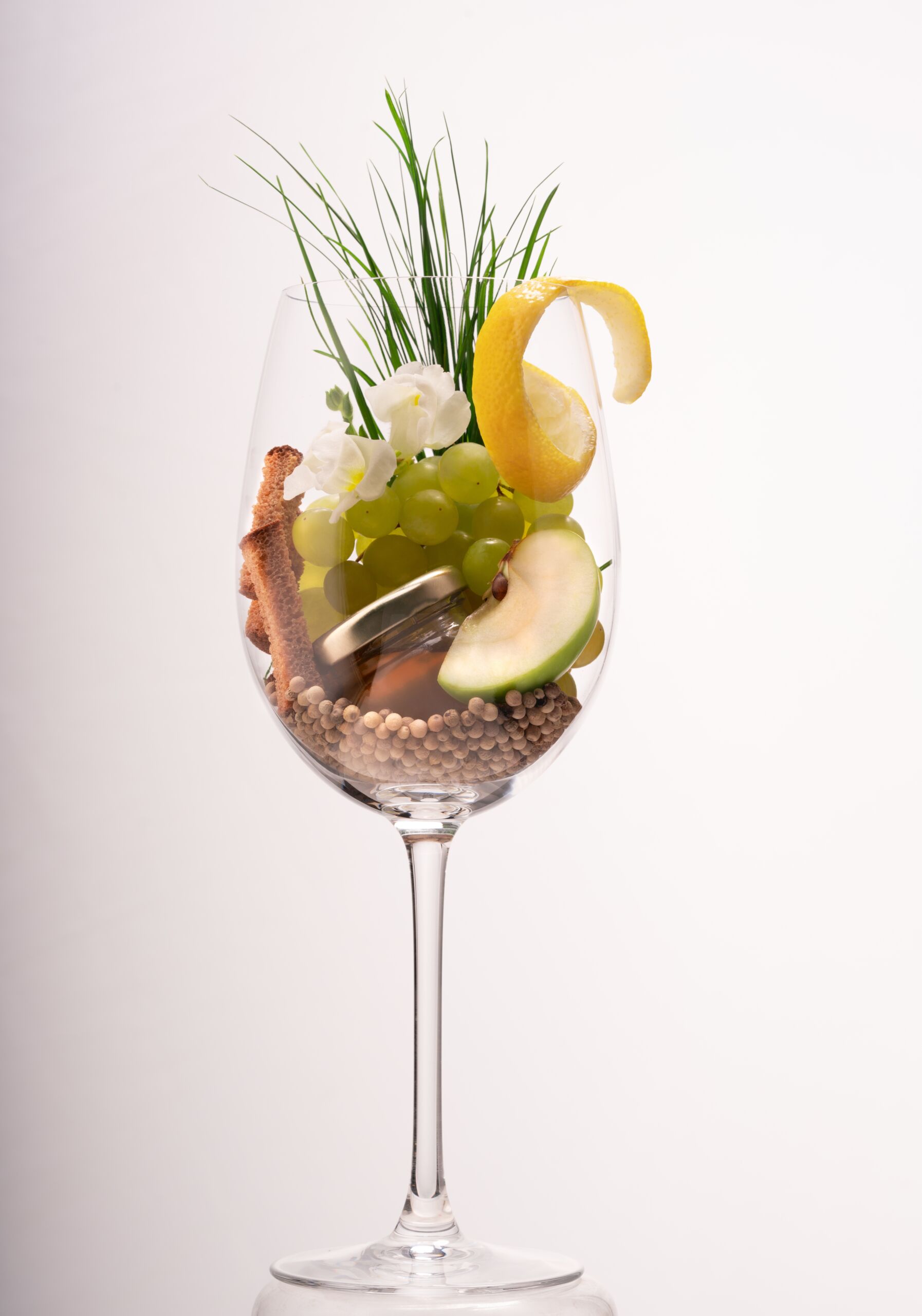Different plants grow in different places. A bit of an obvious statement really. I’m just casting my eye over the landscape near where I live in the north of England and it’s apparent that the plants that are growing here will be quite different from those growing in the south of France, say. There’s an old horticultural saying – right place, right plant. And that’s true of grape vines too. Vines grow best where, amongst other things, the temperature, aspect, and soil are within certain parameters. In other words, geography can have a huge impact on the vines, and, in turn, the wine that is made from them. Let’s look first at temperature.
Some climates are just too hot – or too cold – to grow grapes successfully. The zones in which optimal temperature conditions are deemed to be found are between 30° and 50° latitude on either side of the equator, although with constant climate change this may well alter. For example, vines are successfully grown in Yorkshire, which is 53° North.
Grapes grown in warmer climates – those nearer the equator – tend to have more reliable temperatures throughout the season producing wines with full, ripe flavours. Alcohol levels are likely to be higher, too, because very ripe grapes have a higher sugar content which, during fermentation, produces a correspondingly higher amount of alcohol.
The further away from the equator, you are, the cooler the climate. Although temperatures at the peak of the season in cool climates can often match warm climate levels, they drop much quicker at the end of the season, leaving less time for the grapes to fully ripen. Grapes grown in cooler climates generally produce wines with less alcohol, more acidity, and flavours that are redolent of just-ripe, verging on tart, fruit.
Latitude isn’t the only factor when it comes to growing grapes successfully, however. Within those latitudes, the specific location of a vineyard can make a huge difference to the end result – the wine.
Although some large vineyards can be found on very flat terrain, like those in Riverina, New South Wales, most vineyards are positioned on a slope, ranging from very gentle to particularly steep.
The aspect and angle of the slope can affect how much sunshine reaches the vines. If the slope faces the equator, it will be warmer and sunnier than one facing away from it. And if that equator-facing slope is steep, it will be even warmer and sunnier than on a gentle slope with the same aspect. This impact can be clearly seen in Mosel, Germany, where the best vineyards not only have the most favourable aspect, but they are also very steep.
In addition, because cool air tends to sink, any grapes grown on a slope will be less affected by damaging frosts than those grown on the floor of a valley.
Altitude, too, can play a part in the successful growing of grapes. Some areas within warm climates zones can be too hot – at least on paper. But if the vineyards are situated at some altitude this can reduce the temperature significantly. The temperature will drop approximately 0.6° C for every 100 metres above sea level. So, for example, in Mendoza in Argentina where the temperature at sea level would be too great, vineyards can be found at over well over 1,000 metres above sea level: that 6° C makes all the difference.
As well as altitude, the effect of ocean currents can also impact the viability of growing grapes. In warmer areas close to the sea, cool ocean currents can reduce the temperature significantly. This effect can be seen with the Humboldt Current off Chile, and the Benguela Current off South Africa. The converse can also be the case: cooler growing areas in Europe are warmed by the Gulf Stream.
Other localised conditions can also play a part in how well a vine grows. Although the overriding factor is the overall amount of heat that is available during the growing season, the range of temperature between the coolest and the hottest seasons is also important. How long an area takes to heat up and cool down will have an effect on the length of the growing season and also on which varieties of grape will be successful.
And this can be taken a step further. Even the difference between daytime and night-time temperatures (the diurnal range) within the area can be important. Generally speaking, a large diurnal range, where the gap between the hottest temperature and the coolest is greatest, can help grapes to develop in a more stable way: warmer daytime temperatures can promote the development of sugar, whereas cool nights help to conserve acidity and aromas.
There’s another old horticultural adage, saying that the answer lies in the soil. To a degree, that rule is also true when it comes to vineyards.
Light-coloured soils will reflect heat and light, and those that contain an abundance of stone or gravel absorb heat from the sun during the day and release it slowly at night – much like a storage heater – which helps regulate the temperature within the vineyard. This is evident in many vineyards in the Côtes du Rhône, and in particular Châteauneuf-du-Pape, where river-worn galets roulés (literally rolled pebbles) are a distinctive feature.
Finally, it’s true to say that not all grape varieties can be grown in all wine-producing areas. Some conditions are just not suitable for certain varieties: for example, you won’t find a hot-blooded Primitivo thriving in the cool vineyard in Yorkshire, but you will find Madeleine Angevine.
One variety that you will find grown almost everywhere, however, is Chardonnay. So if you want to experience how geography can have an effect on the style of a wine, why not try a crisp Chablis from cool-climate France, and then a succulent Chardonnay from the warm-climate Margaret River in Australia – you probably won’t believe they are the same grape.
By Maureen Little





